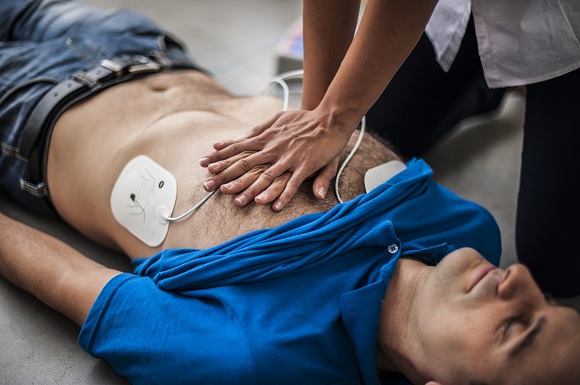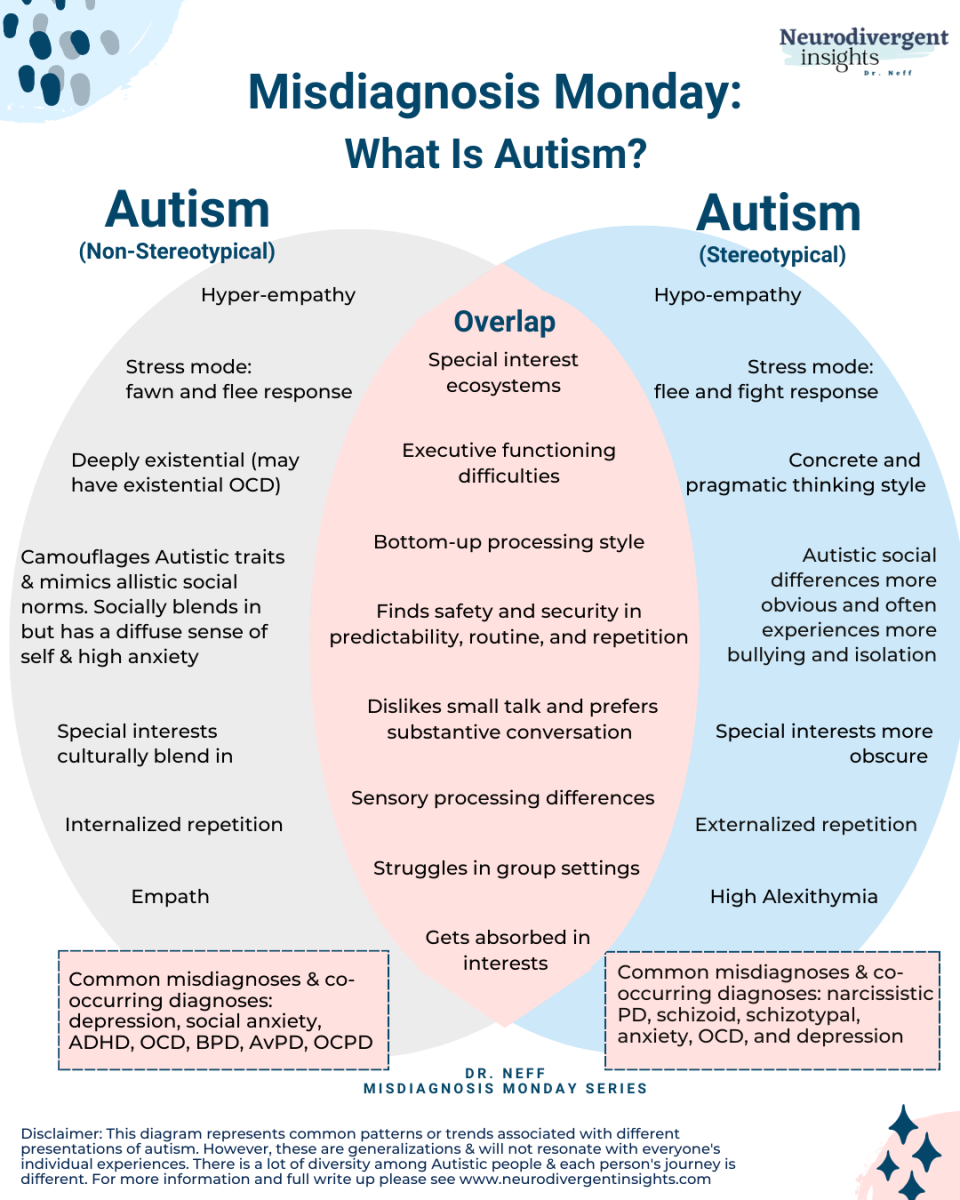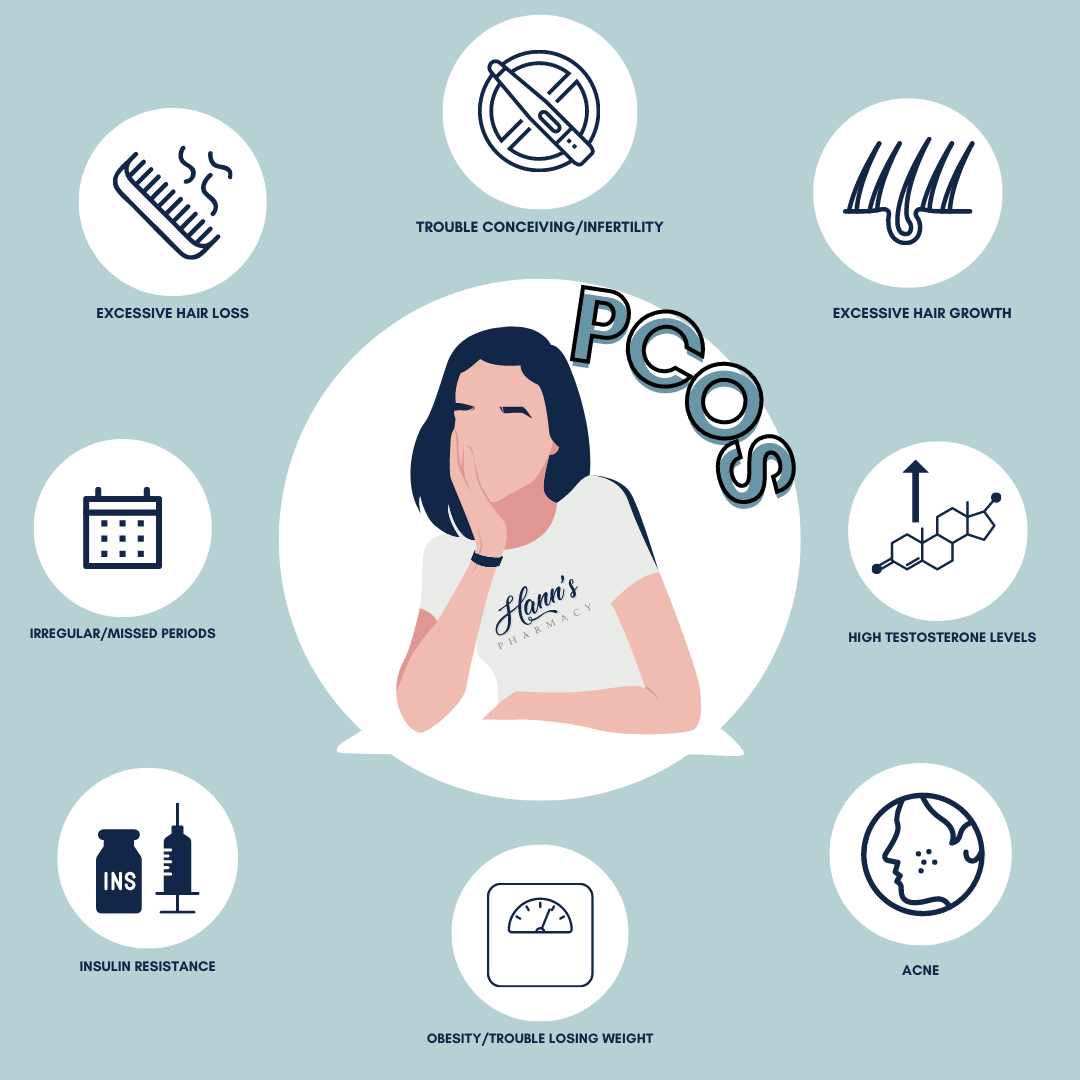For some, it’s almost second nature to pop a pimple the moment it appears. For others, decisive hands rummage around to find a pimple patch to conceal the pimple and help it heal. However, skeptics may wonder about how these patches work and if they are even of any use.
According to Hartford Healthcare, “pimple patches are made with hydrocolloid, a gummy polymer typically used in wound care to promote healing.” These long-chain polymers absorb water from oil and pus to form a gel, which creates an environment that helps to heal the blemish. Chemically, the polymers have multiple hydroxyl, OH, groups that allow them to bind to water through hydrogen bonding. The patch also acts as a protective barrier against outside debris and bacteria and prevents friction that could cause scarring.
Some types of pimple patches have ingredients like benzoyl peroxide, salicylic acid or tea tree oil that brands often market as effective at treating acne, but this can cause irritation when sealed onto the skin. Additionally, there are microneedle pimple patches that enhance the skin’s absorption of these ingredients, but for people with sensitive skin, this can also be a source of irritation.
The best way to use pimple patches is to apply them to a cleaned and dried area and leave them on for six to eight hours or overnight. Many dermatologists recommend against popping a pimple before putting on a pimple patch. Instead, these patches work best for pimples that are about to come to a head.
“Patches may pull some fluid out of these spots but can only help minimally,” Dr. Leela Athalye, a dermatologist in California, said. “The ideal pimple for these patches is a juicy pustule or papule that isn’t too deep.”
Another tip is to gently remove the patches to avoid damaging the skin. According to Dr. Andrew Wong from Hartford HealthCare Medical Group, “using warm water can help loosen the adhesive and make it easier to remove.” Additionally, those with latex allergies or sensitive skin should be cautious and check the patch’s ingredients.
Outside of treating whiteheads, hydrocolloid patches have a variety of uses, including treating minor wounds like burns and blisters and even helping to relieve the itchiness from a mosquito bite. While hydrocolloid patches cannot treat more serious acne, they are great for spot treatment.
“Are they worth the hype? Yes and no,” Dr. Athalye said. “They are a wonderful addition to a good skin care routine but will not do everything.”









